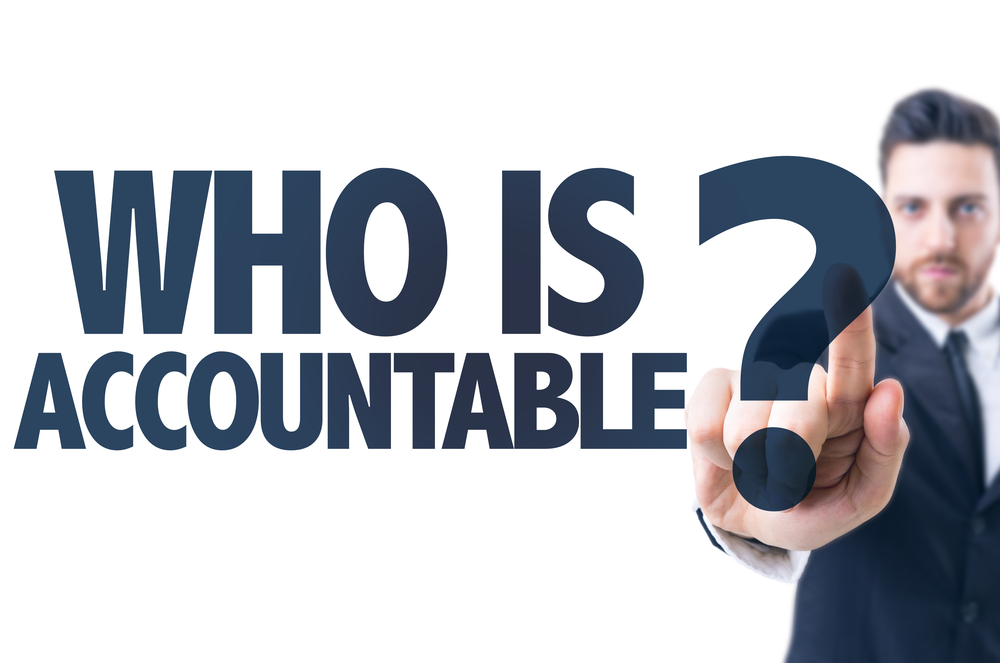A Confidential Information Memorandum (CIM) or just Information Memorandum (IM) is a crucial document used by potential company acquirers to evaluate and purchase a vendor (the selling company).
The initial step in creating a IM involves gathering lots of business information about the vendor, including, a general background on the company, its business model, customers and suppliers, how it markets itself, its products or services, the management team, any intellectual property, trade marks, its systems, processes and key staff. Also needed will be 2 or 3 years historical financials and a forecast model.
An IM typically contains the following sections.
- Executive Summary
- Products & Markets
- Assets
- Staff
- Prospects
- Finance
- Appendix
Usually multiple people within the vendor organisation are responsible for providing the relative company information for each section, and the information collection will go across multiple teams and departments, including Finance, Marketing, Product, IT, and the Management Team.
A lead M&A person, either an internal employee or more often a person representing the advising M&A Advisory Firm or Broker will collate all the information, and using an IM template, create a first draft of the IM for internal review.
While an IM template provides structure, it can still be challenging to complete all the sections and more often than not, key information is missing from the initial data dump and it needs to be found or even created.
Until the IM is ready - the company may not be marketed.
Some M&A Advisory Firms and Broker have created their own semi-automated process using IM templates but the process is still more manual than automatic and there is the problem of collecting and validating all the information required to produce the IM.
Document Creation using Large Language Models (LLMs)
A new emerging method for drafting documents involves leveraging generative AI models also know as Large Language Models (LLMs). LLMs are a type of artificial intelligence (AI) that are trained on massive datasets of text and code, and can generate text, translate languages, write different kinds of creative content, and answer questions in informative ways.
However training LLMs with a company's own internal data is still complex and current versions have risks including the possibility of a "hallucination".
A LLM “hallucinating,” means that they generate text that is factually incorrect or nonsensical. Such hallucinations happen because LLMs are trained on data that is often incomplete or contradictory. As a result, they may learn to associate certain words or phrases with certain concepts, even if those associations are not accurate.
Also LLMs currently have a major limitations in understanding finance data, again causing them to hallucinate, for instance believing the company made £5 million profit when it really lost £15 million.
This all can lead to LLMs generating text that is factually incorrect, inadvertently overly indulgent, or simply nonsensical.
The above is been constantly worked on and improved but consequently, today and for the foreseeable future parts may still need to be written manually and all should be thoroughly reviewed after being drafted by the AI.
M&A Deal Platform's Approach to Generative AI
Our approach for automating the creation of an IM is to first structure the data within our software platform by breaking the IM into manageable parts, then using a virtual data room, which allows multiple parties to easily upload the relevant company background documents.
Next we feed only specific, validated company information into highly secure and segmented LLMs in a controlled manner, to complete the drafting of an IM section by section.
Our approach minimise the risk of company data been incorrectly uploaded and LLMs hallucination occurring, while enabling rapid creation of IMs in a standard format.
Why Automate Information Memorandum Creation?
We find the main benefits of Automation are.
- Process Standardisation across the practice.
- Consistent Look & Feel of documents across the practice.
- Auditing of Input Data via the use of standard processes & workflows
For early adopters of AI Automation in Corporate Finance, there are many challenges associated with meeting expectations and accepting the changes that come with integrating new AI tools.
However with the correct implementation and rigid review and auditing of the created content, we find the benefits of AI Automation greatly outweighs any of the issues.





